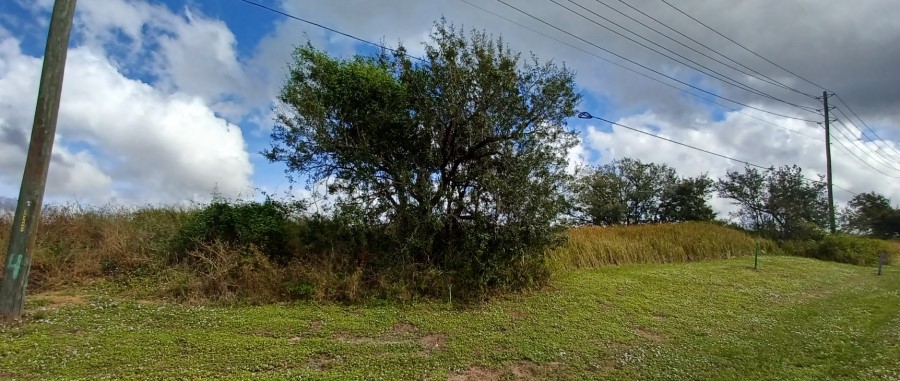
I’ve been doing a long running observation on a stand of Imperata cylindrica (Cogon grass) in Florida since 2021, with the cogon grass rapidly overwhelming its competitors as it spread laterally along a roadside.
For a history of this series of observations:
April 2021
Rapid expansion of an invasive grass as viewed using Google StreetView
December 2021
Update on the rapid expansion of an invasive grass
September 2023
Second Update (September, 2023)
During the last observation, the cogon grass had encountered a large shady tree on its path. At the time, I hypothesized that this would slow down its expansion due to the low light conditions present under the tree, but that the cogon might be able to go around it or through it (via use of undergrounds roots that can shuttle photosynthate to the shaded ramets).
I visited the area again on November 9, and was amazed to discover that the cogon grass had not made any noticeable headway through the obstacle (see image below). Cogon had infiltrated the canopy of the tree, but it had not managed to get to the other side yet. Nor had it been able to go around the tree, although without drone support I could not see the other side and thus it might have at least gone halfway around.

The lack of progress after more than 11 months was surprising, although since the cogon had managed to go around other trees earlier, I assume it will be able to do the same sooner or later.
I just didn’t realize how slowly the process is, which again points to the fact that plant time usually is much slower than animal time. You can literally spend a human lifetime studying a plant that might barely be affected by the long (to you) passage of years.

Leave a Reply